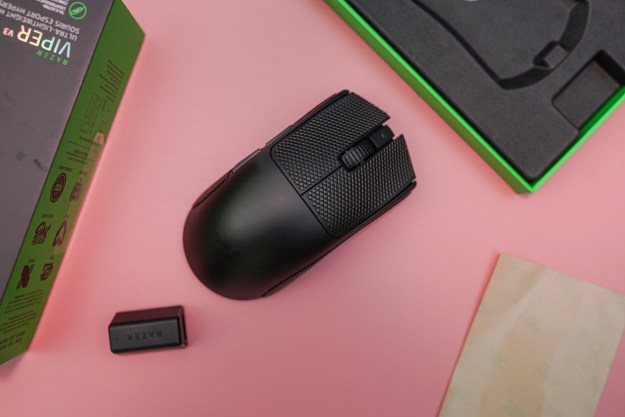
With the introduction of USB Type-C, or simply USB-C, connection standards may be on the verge of a revolution. Earlier speculated to serve as the successor to USB standard, USB-C was conceived by the USB Implementers Forum, consisting of over 700 esteemed companies in computing including Apple, Intel, Microsoft, Dell, HP, and Samsung. It was already likely to be adopted by hardware manufacturers across the board.
Which is why the recently announced consolidation of USB-C and Thunderbolt could mark the beginning of the end for USB and its unwieldy selection of adapters.
Thunderbolt regains its relevance
From the moment it first made an appearance in the Macbook Pro back in 2011, the fate of the Thunderbolt was dubious. Sure, it could transmit data at 10 gigabits per second, doubling the speed of USB standard. It even supported up to six peripherals on a single daisy chained connection. But, at the same time, Apple’s first proprietary Thunderbolt cable set consumers back a staggering $50, considerably more than the cost of a cheap aftermarket USB cable. On top of that, the few peripherals compatible with
These problems have made Thunderbolt a niche connection, but its potential finally seems to be materializing in an unexpected convergence. As confirmed by Intel at the company’s Computex keynote earlier this week,

Improving upon previous iterations, devices initially supporting active Thunderbolt 3 ports will offer a 40Gbps data transfer rate, twice that of
Simple is beautiful
While Thunderbolt 3 might seem to complicate the way you transfer data and display external graphics, it actually simplifies usage in the long-run, as it can carry a wide variety of data over easy-to-use, reversible USB-C connectors.
Thunderbolt 3 will support DisplayPort, HDMI, USB, VGA, and can even supply power. Exhibiting bidirectional power, a USB-C port can charge other devices or, alternatively, be charged by them. Considering the average
Speaking with Wired, Intel PR manager Dan Snyder affirmed that “more than 30 PC designs” will go on to support Thunderbolt 3 in the coming year, surpassing previous initiatives, which saw only the support of a handful of devices. Although
In addition to offering convenience for PC users, instituting faster speeds and a more compact form factor than USB 3.0, Thunderbolt 3 will also allow users to send video to up to two 4K displays. Once again taking advantage of a daisy chain configuration,
Thunderbolt 3 isn’t natively compatible with its predecessors because it abandons the old port, which was physically the same as Mini-DisplayPort, but there is a USB-C adapter in the works which will allow
When used with older USB 3.1 ports, Thunderbolt 3 cables will not be capable of delivering more than the 10Gbps promised by that interface. This will notably be the case for the new Macbook and Chromebook Pixel, which will permit the attachment of
With that in mind, it’s important to remember that if Thunderbolt 3 with USB-C has its way, adapters might remain right where they belong: in the past.
The future of connectivity?
Moving forward, Thunderbolt 3 has the potential to make our devices more unified than ever before, authorizing PC manufacturers “to share connector and cable technology whether they are making
At the same time, let’s not negate the possibility of Thunderbolt inflicting a consumer divide without the necessary adoption rates. If its attempts at popularizing the interface remain as subtle as before,
In any case, we’ll find out for ourselves soon enough if Thunderbolt 3 is as subversive as it claims. With an extensive list of major tech companies backing it up, Thunderbolt’s future looks brighter than ever with its third rendition expected to accompany the shipment of Intel’s Skylake CPU architecture beginning in late 2015. If there has ever been a moment to get excited about the future of connection interface standards, the time is now.
Editors' Recommendations
- This $3 USB adapter fixed all of my Apple CarPlay connection problems
- Future Apple Silicon Macs will still have Thunderbolt ports
- Google teases Thunderbolt 3 support for Chromebooks in new code commit




